A NEAL ADAMS CHRONICLES birthday salute to Big John…
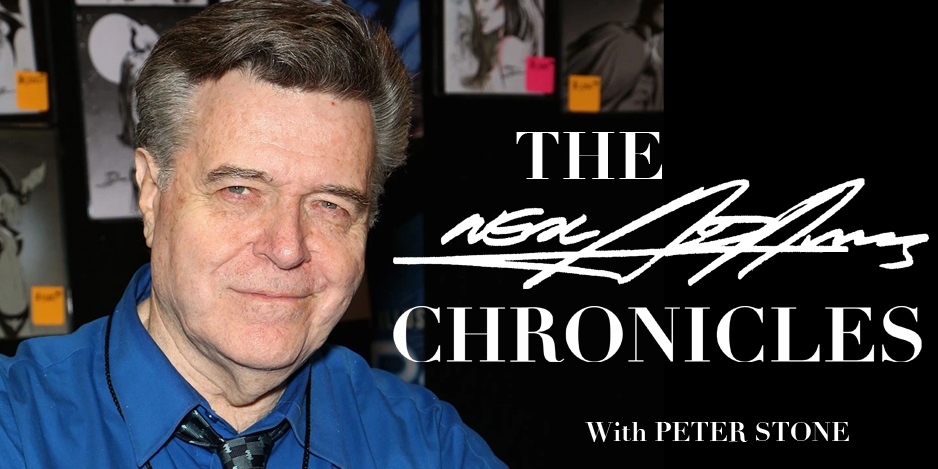
By PETER STONE
John Buscema, born Giovanni Natale Buscema on Dec. 11, 1927, was a huge inspiration to Neal Adams when the latter was just a young, 18-year-old high-school student.
In 1958, Steve Reeves was a bodybuilding icon for those who knew about the discipline. Arnold Schwarzenegger claims that Steve Reeves was the G.O.A.T., the guy that everyone sees and says, “Damn. I want to look like him.” (Arnold eventually looked like him and better.) In 1958, Reeves made a Hercules movie based on the 12 labors of the demigod.
“SEE the seductive Amazons lure men to voluptuous revels and violent deaths! SEE the heroic Hercules rip down the Age of Orgy’s lavish palace of lustful pleasure! SEE the Mightiest of Men fight the Mightiest of Beasts, the killer Cretan Bull! SEE Hercules fight off the savage love-starved Amazon women! SEE the seductive Amazons lure men to voluptuous revels and violent deaths! SEE the powerful Hercules crush the savage ape-men who guard the shrine of the Golden Fleece!”
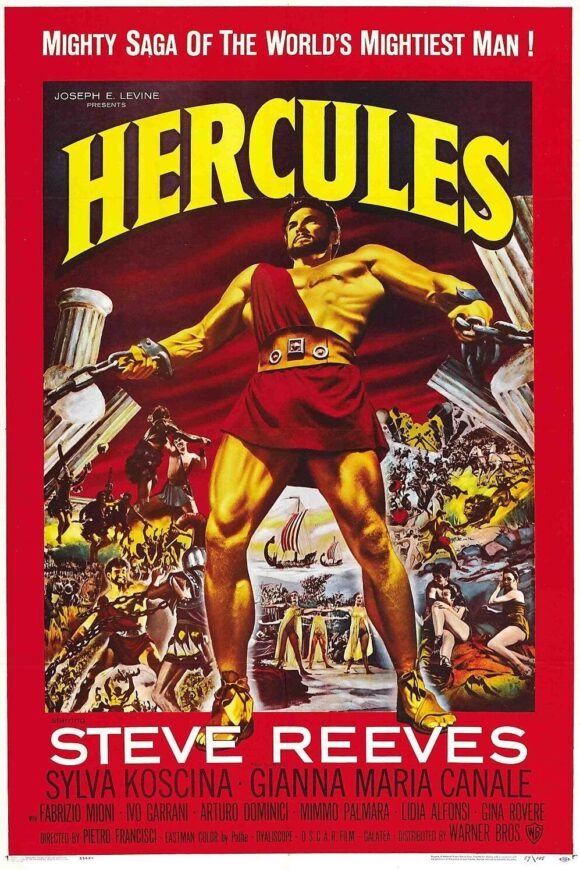
Let’s be honest. Steve Reeves looked AMAZING! So, when Dell Comics decided to adapt movies and television, John Buscema worked from stills and created comics based on the productions. He drew Hercules, Helen of Troy, The Vikings and The Count of Monte Cristo. All the movies that Dell had licenses for. Buscema even did eight-page stories of the American presidents, all the way through Dwight Eisenhower.
Somewhere in there, Neal found the Hercules comics adaptation. He was desperate to get work as an artist but his mother told him that if he didn’t make money as an artist, he’d have to get a “real job.” John Buscema was a guide for getting work. His Hercules was perfect for the kind of thing that Neal wanted to do. Real anatomy, dramatic storytelling, pretty women, and so forth. Buscema was not Joe Kubert, but he was different kind of realistic artist. Kubert, according to Neal, was more of a stylist. Buscema was a realist. He was the kind of artist that Neal wanted to be.
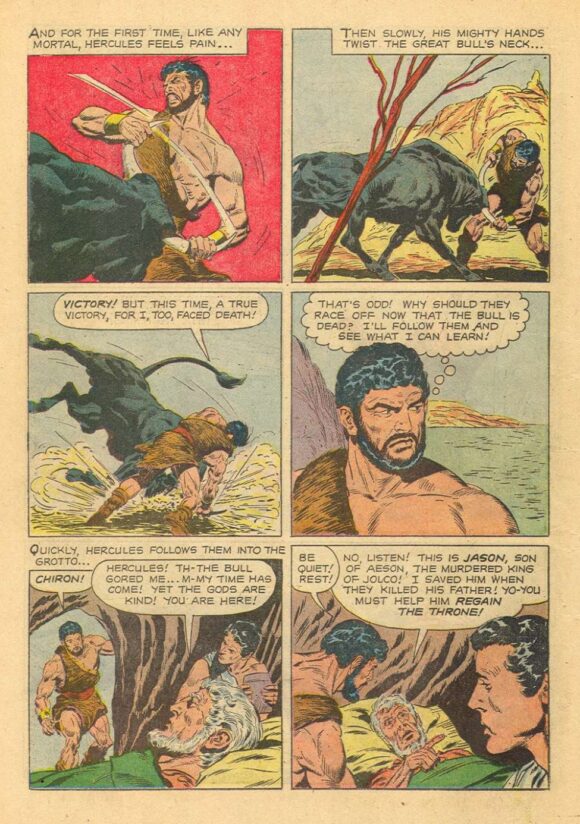
Within a couple of years, Neal had the Ben Casey strip after working in advertising. Around the same time, Buscema was dealing with the downturn in comics. He also had turned to freelance commercial art. Both men learned how to work with clients and to accept changes. Despite their differences in age — they were about 14 years apart — both seemed to be on a very similar path. Buscema, working for the Chiat agency, called this a tremendous learning period, using a variety of media to create layouts, storyboards, illustrations, and even paperback covers.
Buscema returned to comics in 1966, after the explosion of superhero comics at Marvel. Jack Kirby seemed to breathe new life into the company with Fantastic Four, The Avengers, The X-Men, The Hulk and so many others. Buscema worked on all those titles in his decades-long career.
At the same time, the Ben Casey TV show had ended so the strip was cancelled as well. Neal spent a good six months creating an illustration portfolio, thinking he could get work that way. Unfortunately, his portfolio (which back then had to be dropped off at the agency) vanished at one of the agencies. The worst part was that Neal’s portfolio was all original pieces of art. Six months of hard work, paintings, tight pencils and inks, storyboards and comps — all gone. Desperate to get work in 1967-68 because he had two children and a third on the way, Neal turned to comics. He worked at Warren, creating some truly extraordinary art over Archie Goodwin’s stellar scripts.
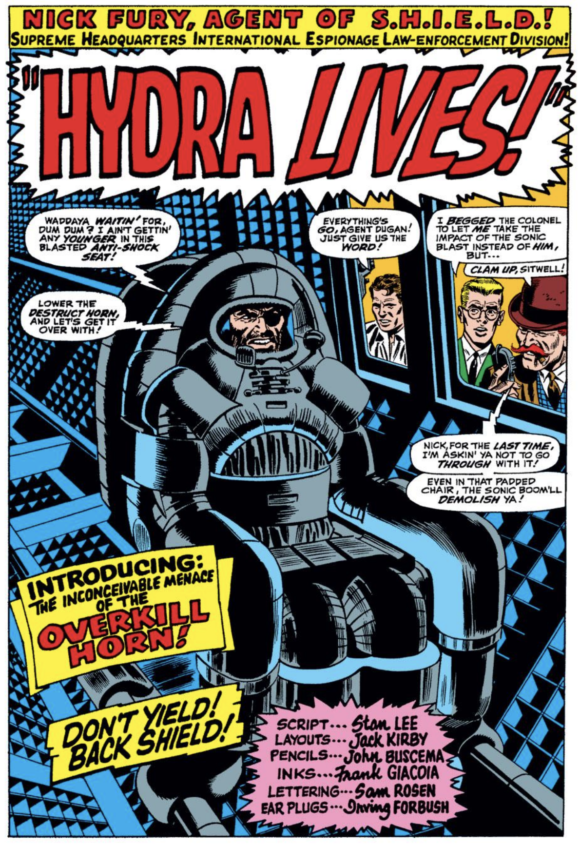
Buscema’s first Marvel work: Strange Tales #150
At that point, Buscema was working over Kirby on Nick Fury, Agent of S.H.I.E.L.D., Tales to Astonish and The Avengers. Over the next few years, Buscema created some of his most legendary comic runs. The Avengers, Sub-Mariner and Spider-Man were an interesting artistic combination of quality drawing and the excitement of Jack Kirby. Then came Silver Surfer! Buscema seemed to up his game, creating some of the greatest Silver Age art ever done. Issue #4, the battle between Thor and the Silver Surfer, is generally considered one of the greatest issues ever done.
Meanwhile, Neal was changing comics in his own way with a legendary run on the Deadman feature in Strange Adventures. Then in 1969, he created a run on The X-Men with Roy Thomas that, for a spell, kept alive a dying franchise. Neal and Buscema were bringing new life to comics in a way that seemed fresh and exciting to a younger audience. Neal was drawing for two different companies without changing his name (as was the general habit in those days) and Buscema was drawing two titles a month. They were cornerstones of the comics industry.
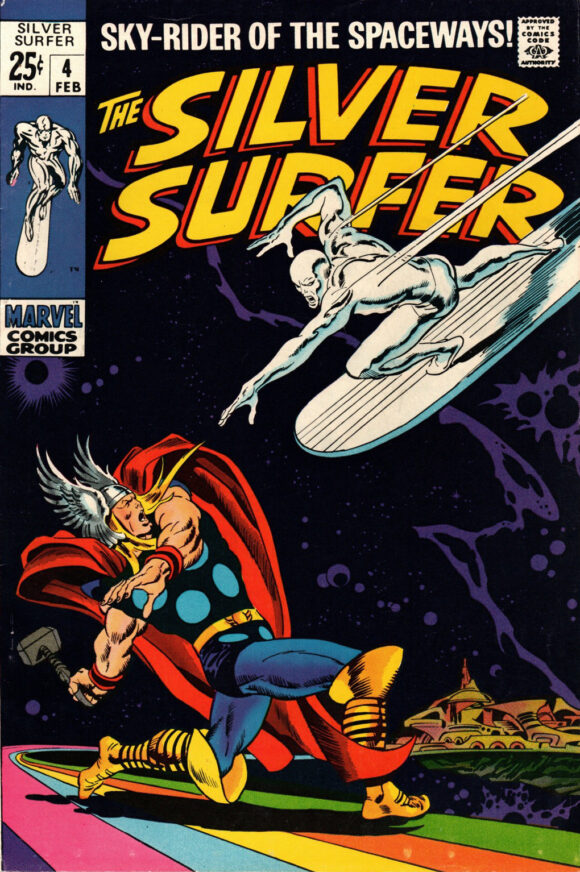
Inks by brother Sal Buscema
Of course, there were other quality artists, but Buscema and Adams were consistently handling the “big boys.” The Avengers, Batman, Fantastic Four, Green Lantern/Green Arrow. It was truly a time of wonder, excitement and every young artist wanted to be part of it. Within a few years in the ’70s, there was a whole new breed of comic artists following the guide that John Buscema and Neal Adams had created.
In 1974, Neal boycotted the Big Two comics companies to get more money, better royalties and to get his original art returned. Buscema continued to produce quality work at Marvel, turning his attention eventually to Thor, Conan the Barbarian (which he drew on and off from 1973 to 1987) and 19 issues of Tarzan. While his Tarzan was not the darker, visceral Joe Kubert Tarzan, it was clean, clear and wonderfully readable. His Thor, Avengers, Fantastic Four and Silver Surfer became the reason we all read Marvel comics at that time.
When Neal Adams’ Continuity Graphics was firmly enmeshed in advertising and Neal was supporting younger artists, comics jobs would drift through the studio that Neal could not help but ink at least a little. Some jobs he would ink more than others, but generally the rest of the Crusty Bunkers (a collection of artists who just happened to be in the studio that day) finished the job. Neal found himself able to ink John Buscema’s Conan once in a while and always told me that he had a great time. “The structure is there. All I had to do is finesse it,” he would say.
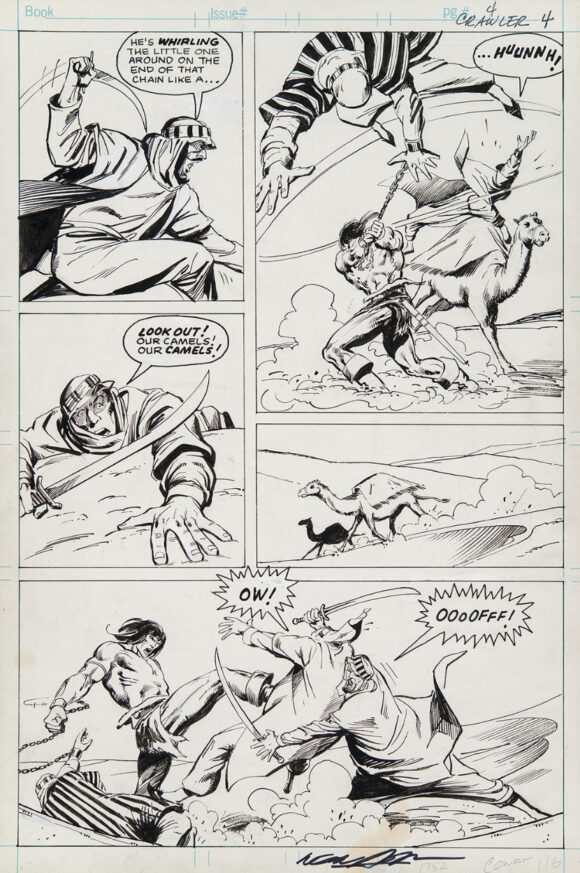
Original art from Conan the Barbarian #116
In my opinion, Neal over Buscema on Conan was wonderful. It wasn’t Frazetta, it wasn’t Barry Windsor-Smith, it wasn’t Neal’s pencils and inks, but it was a great combination of two very talented artists. Neal gave Buscema’s faces a grim ferocity and Buscema gave Neal a powerful, well-drawn structure and clear storytelling to work over. Neal could turn out inked pages quickly and make the book look great.
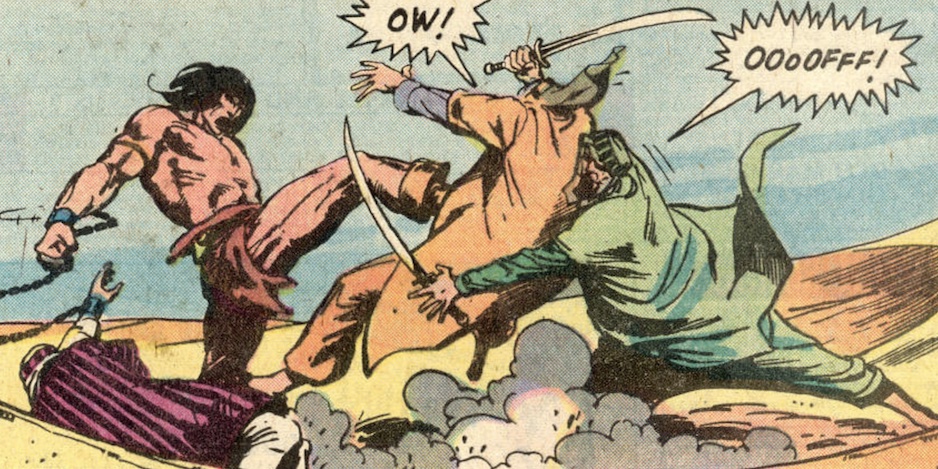
Paul Levitz once said that Neal was one of the pillars that held DC Comics up. John Buscema was one of the pillars (if not two) that held Marvel up. His work was solid, readable and well drawn. Sometimes people forget how much he provided for Marvel. Sure, Jack Kirby (with Stan Lee) created the characters, but eventually Jack moved on to greener pastures, leaving a vast artistic void behind. Buscema was right there to help fill it — and then he exceeded it.
Neal and I could talk about John Buscema for at least an hour, happily discussing about the early issues of The Avengers and his use of forced perspective. Who can take a splash page of Jarvis answering an alert and make it into a dramatic, exciting image? (Avengers #75.) Neal? Steranko? Kirby? Sure…but that Buscema image is burned into my 12-year-old brain. I loved it!
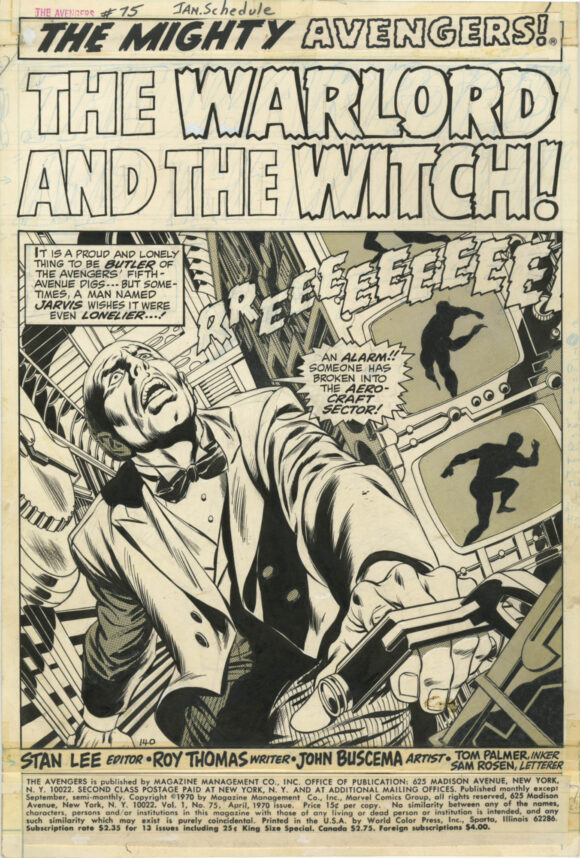
The Avengers #75
I also loved Conan as a kid, reading and rereading the Robert E. Howard stories and years later, copying his style. Buscema drew Conan every month and I waited excitedly for every next issue. I must have read the Belit storyline a hundred times. (Issue #100.) I loved his King Conan stories and thought his Fantastic Four and Avengers were amazing. His Black Panther was the best! (In my opinion anyways. I mean, Jack Kirby’s Panther was great but ca-razy!)
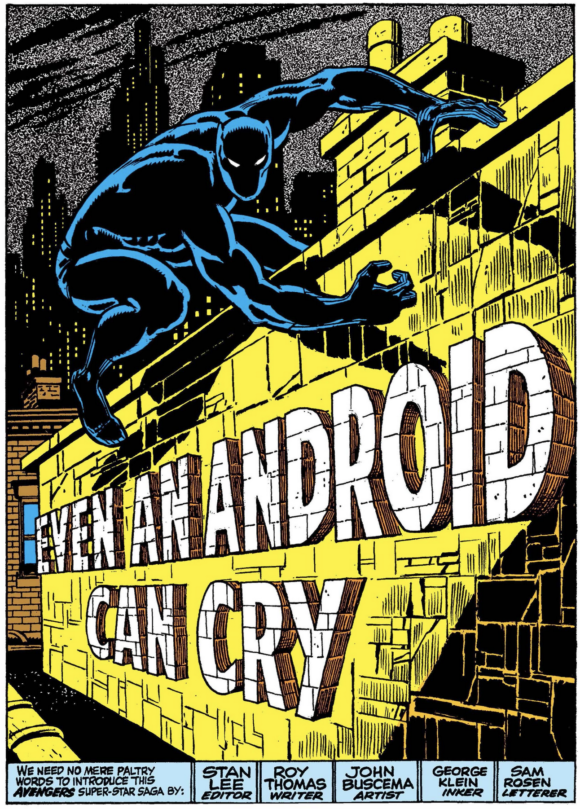
Avengers #58. George Klein inks.
Buscema left us way too early in 2002, at the age of 74. I hope he’s sitting up in Valhalla next to Jack Kirby and Neal, laughing and drawing more issues of Silver Surfer and Conan and Avengers while they talk about inking techniques, Sasquatches, even Newer Gods and great movies. Neal’s going to tell them about the expanding universe while Jack tells them about some new characters he’s created and Big John laughs as the pile of comic pages next to him gets taller and taller.
Because after all, Big John Buscema (aka Giovanni Natale Buscema) was truly a god of comics.
—
MORE
— 13 SPLASH PAGES: A JOHN BUSCEMA Birthday Celebration. Click here.
— JOHN BUSCEMA: A Birthday Appreciation, by JOE JUSKO. Click here.
—
Peter Stone is a writer and son-in-law of the late Neal Adams. Be sure to check out the family’s twice-weekly online Facebook auctions, as well as the NealAdamsStore.com, and their Burbank, California, comics shop Crusty Bunkers Comics and Toys.

December 11, 2023
Two of the very best. Adams inking John Buscema’s pencil art is something that should have happened more often. But no matter the inker, Big John’s work was always great. Neal’s work was always great. They left behind two great bodies of work that will live on for decades, if not longer.
December 12, 2023
Wow, I always loved John Buscema’s work. This article makes me want to buy those old Dell Four Color Comics now.